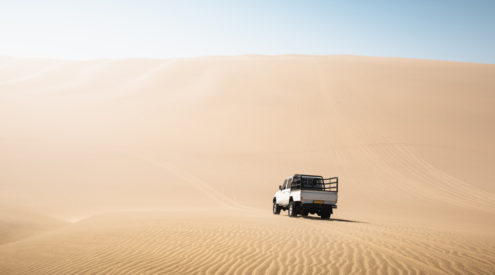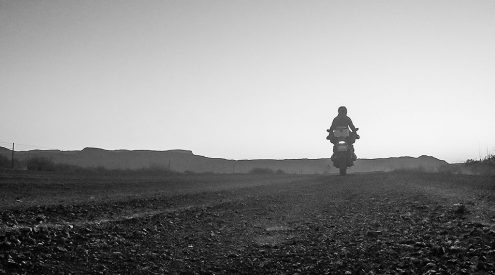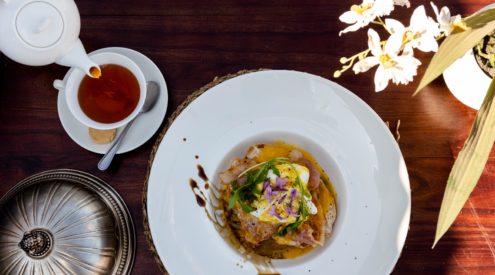In Costa Rica, it’s not just about the Easter weekend. As in other Latin American countries, Semana Santa (Holy Week), is a weeklong holiday. This means that while many celebrate the liturgical aspects of Easter with elaborate parades and mass, many Ticos/Ticas also take this opportunity to get away from the cities and hit up the beaches along the Pacific coast.
I’ve been living next to one of those Pacific coast beaches for the past 3 months. Playa Potrero, Guanacaste, is a quiet, dusty seaside town of 400 for most of the year, but during Semana Santa people from all over camp out on the beaches and local relatives’ backyards, which means that by comparison the town and surrounding beaches are busy and crowded, complete with warnings of increased theft and house break-ins.
So instead of dealing with all that, I chose to join a few other volunteers from the organisation I’ve been working for on a roadtrip to the rainforest frontier of the Osa Peninsula instead. Here are just a handful of the experiences we had along the way, and just some of the many things you can do along the coastal highway:
1. Drink dodgy “non-alcoholic” palm juice/wine
One of our first roadside stops after crossing the Taiwan Friendship Bridge that connects the Nicoya Peninsula to the mainland, we were enthusiastically distracted by a stall owner who definitely sideswiped our original desire for fresh watermelon juice by distracting us with tasting shots of a yellowish, cloudy liquid in a weird, thin, mini-wine glass. We were assured, unironically, by the stall owner’s wife that it was non-alcoholic because the mixture would only ferment “when the sun is hot” (in a country that I haven’t stopped sweating in).
The exact status of the vino de coyol we drank still remains unclear. I’m convinced the gassy, sweet/bitter non-wine made me tipsy though.
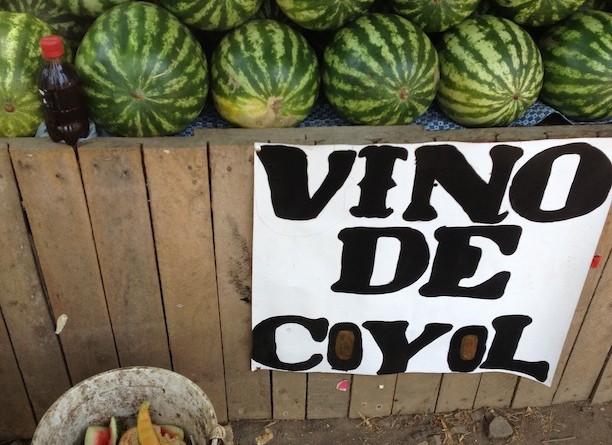
First stop: tasting palm juice of questionable alcohol content
2. Stop for food, often
In my opinion, Costa Rican food is not overly flavourful, in general, but there are a few dishes I’m really going to miss when I leave. One of these is chifrijo, a rice/bean/pork dish served in a bowl mixed up with chunks of cooked pork, crackling, avocados and nachos, often with a mildly spicy hot sauce. We stopped for some at a roadside cafe about halfway to Manuel Antonio, where I also happened to try my first guanabana (soursop) batido or smoothie, made from an unexpectedly delicious, spiky green papaya like fruit, which tastes something like a softer, less sweet white-fleshed pineapple/mango (sort of).
Other prominent food stops can also include fresh seaside ceviche (fish denatured in lime), bought straight from a cooler box next to a beachside fruit stand where you can also buy granadillas. Not the black/purple, tart passionfruit we know in South Africa, but more a spongy, almost polystyrene type fruit shell with a sweeter, softer-seeded pulp.
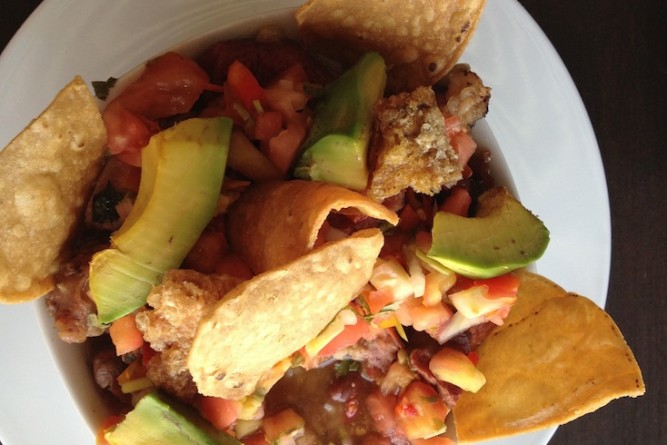
Lunchtime stop for one of my favourites- pork chifrijo
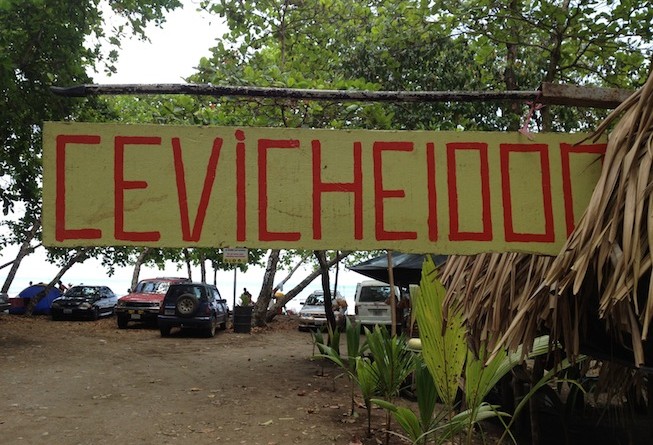
A roadside stop for photos and ceviche- Playa Uvita
3. Make a mid-way stop to break up the journey
To break up the 12-hour journey we spent a night in the green, touristy town of Manuel Antonio, famous for its national park and sloth sightings. We unfortunately didn’t get to see the beaches inside the park, but did spend the early evening on the main beach watching a paraglider rise into the air above the sunset, while getting in the way of surfers. We also ate fish tacos at Sanchos, served by a guy with extremely well-toned arms, and shared a pitcher of sangria in El Avion, a restaurant with a view and a bar housed inside an old aeroplane.
There was also more (free) sangria at Mar Luna’s Wednesday ladies night, where a skinny and persistent man (with impressive hip rotation) gyrated in our direction, and we were entertained by a woman dancing/reverse gyrating across the dance floor without pants.
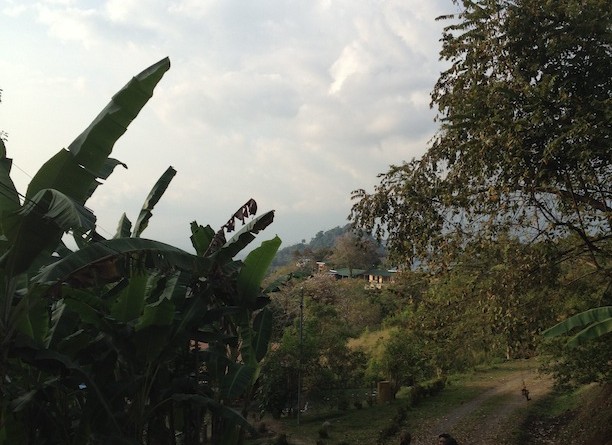
Our overnight stop along the way, the town of Manuel Antonio
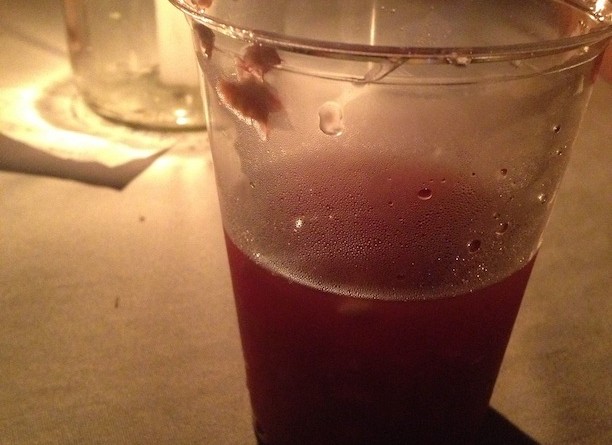
Late night sangria at ladies night at Mar Luna, Manuel Antonio
4. Get hiking fit
In Playa Potrero, you don’t have to walk more than a kilometre to get anywhere necessary, and very seldom do you ever have to climb a hill, unless you’re braving the 2 hour climb up the hill to the “castle” (not me). In the hills around Drake Bay however, we had to scale several 45 degree inclines to get to our cabina at El Mirador, and then another one to get to the dining room, sometimes dodging hanging/ground level spiders in the dark. It kept us panting, and sweating in the already damp rainforest humidity, but our level above the ground was definitely appreciated when watching the sunset from the deck on top of the hill, supposedly one of the best places to watch a sunset in Costa Rica.
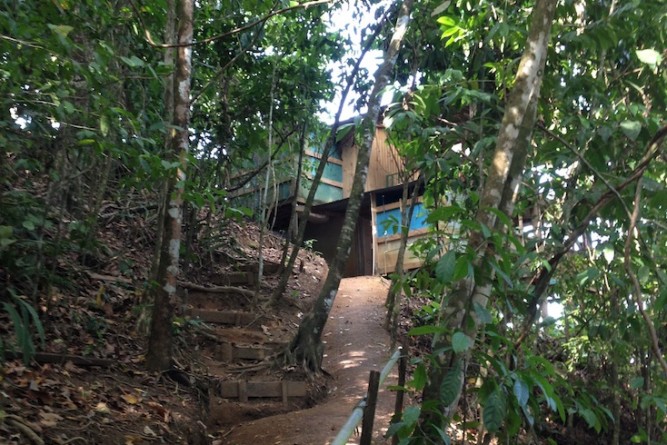
The steep incline to our El Mirador cabina, Drake Bay
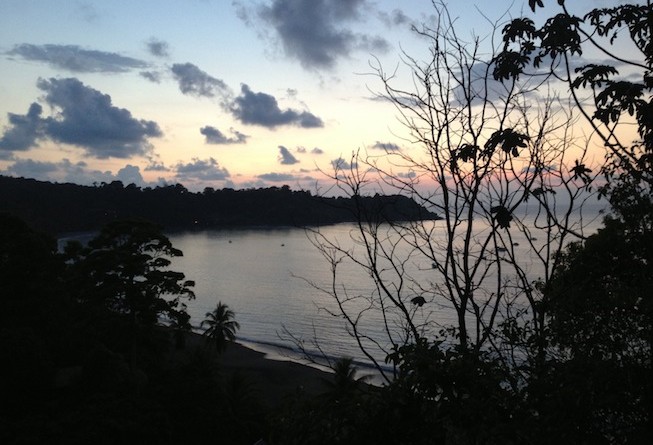
Sunset over Drake Bay from our hillside cabina
5. Appreciate the wildlife
The Corcovado National Park in the Osa is only accessible by boat and plane, which means that it is a well preserved wildlife area, with many endangered animals, some more seen than others. We saw a sleeping Baird’s tapir, an animal I’ve always wanted to see alive after watching Apocalypto, as well as all four species of Costa Rican monkey: howler, orange spider, squirrel and white-faced capuchin.
We only had enough time to do a day trip in and around La Sirena (mermaid) beach, but managed to see all of the abovementioned animals as well as a variety of bugs, a tree covered in daddy long legs spiders (called “old ladies” in Spanish) and a camouflaged sloth high up in the canopy, a lethargic animal we also learnt is a carrier for a certain kind of “sloth moth” that lives, hatches and completes its life cycle in its faeces.
Definitely the kind of knowledge and wildlife exposure that’s worth driving across the country for.
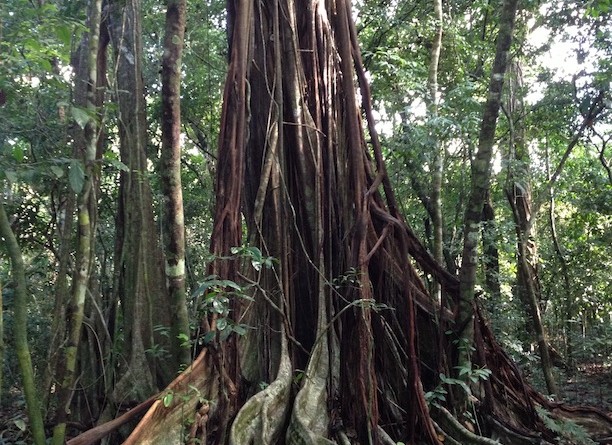
One of the many beautiful trees in the Corcovado National Park
Getting there:
Costa Rica is far away, but easily accessible by regular flights from the USA to the capital San Jose. Getting to the Osa Peninsula is easiest by car (we rented a Hyundai Tucson for what worked out to be about $80 each for 5 days from Economy car rental), although you’ll definitely need a 4×4 for the rainforest roads. You can also fly into Puerto Jimenez and explore the park from there.
Where to stay:
We stayed at El Mirador Lodge, Drake Bay, which cost us about R200 a night for a shared cabina (prepare for the climb). Basic but with all three meals are included, as well as a weird but entertaining host called Michael and a deck with an unparalleled view of the bay.









